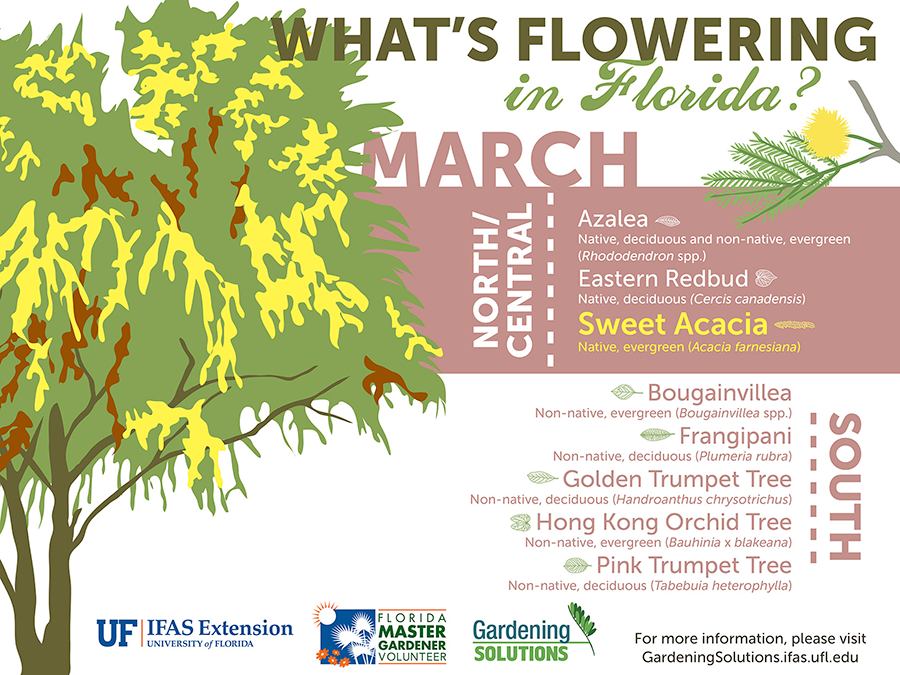Determining The Correct Time For Tree Removal - A Guide For Homeowners
Determining The Correct Time For Tree Removal - A Guide For Homeowners
Blog Article
Post Composed By-Rollins Noer
Trees add charm and worth to home, however they can additionally position a danger throughout severe weather condition events. If a tree has actually stopped growing, is showing visible fungal growth, or has a leaning trunk, it needs to be eliminated by a professional to avoid property damages and injury.
For more information, attend a property owner source reasonable co-hosted by HPD, the Center for NYC Neighborhoods, and Brooklyn-based housing companions this night in Bedford-Stuyvesant. The occasion will certainly include the House owner Manual, a new guide to aid home owners navigate the responsibilities of possessing a home.
1. Dead or Dying Branches
Trees are an indispensable part of your home's landscape, providing color and elegance. They also offer shelter for wildlife and create oxygen, however also healthy and balanced trees can experience illness that may demand their elimination. Dead or passing away trees aren't just unsightly, they can be dangerous. Their branches can fall throughout a storm, resulting in pricey residential or commercial property damages and injuries.
When a tree's branches begin to die, it indicates that its structure is beginning to break down. If the majority of its branches are dead, it is likely time to remove it.
Look for a lack of new growth, bark peeling, open injuries or cavities, fungis expanding on the trunk or origins and a general appearance of decay in the entire canopy. These signs of infection can suggest a significant issue that will need professional tree services to fix.
2. Leaning Trunk
While it's normal for trees to lean once in a while due to phototropism, if a tree has an unsafe or serious lean that's not as a result of natural processes - it could be an indicator that the tree needs to be gotten rid of. If the tree is leaning toward a power line, home, lorry, play framework or any other location that could be unsafe to individuals if it drops, after that contacting a specialist tree solution for removal should be a leading concern.
It's additionally crucial to watch for any type of sudden changes in a tree's leaning as it can suggest damage to the roots or trunk that might result in falling. This is specifically real during stormy weather, considering that high winds and rain-soaked soil can create a lean to change swiftly. Regular tracking, specifically during and after tornados can help house owners identify prospective problems with their trees so they can call an arborist for a comprehensive examination.
3. Bug Invasion
Some pest invasions, such as wood-boring bugs like emerald ash borer or sap-suckers like range insects, are so severe that they can cause a tree to die. The most effective means to avoid pest problem is to monitor your trees on a regular basis. Search for areas, holes, or stainings in the leaves and bark. Take a look at the trunk for splits and indications of insect damages, such as tunnels or tracks.
If a tree ends up being too plagued with parasites, or is close to a home or high-voltage line, an arborist may suggest elimination. If a leaning tree creates a new, unstable lean, an arborist will likely advise elimination as well to make certain the safety of individuals and home. If a damaged or dead tree consistently sheds extreme branches, it is an indicator that it is time to eliminate the tree. If a tree remains to lose branches for an extended period of time, it could lead to structural problems and potential building damages.
4. Damaged Trunk
Trees are a lovely and integral part of our landscape, however they do call for regular care to maintain them healthy and safe. If a tree is harmed irreparable it is likely time for it to find down.
Search for indications of damage to the trunk, consisting of upright fractures, seams, dead branch stubs, noticeable injuries or open cavities and extreme tree-rot. The visibility of fungi at the base of the trunk is one more alerting indication. Fungis may show that the phloem and xylem (life-support tissues) are jeopardized, permitting the spread of illness or a future failure.
Likewise, think about whether the tree has actually stopped expanding. landscaping services near me will have new growth every year, which might be visible as buds or branches growing and expanding. If you don't see any type of new growth, it's a good concept to have an arborist assess the tree and follow their recommendation for removal. learn this here now dying or damaged tree can fall and cause building damages.